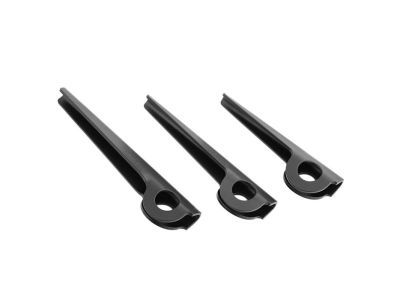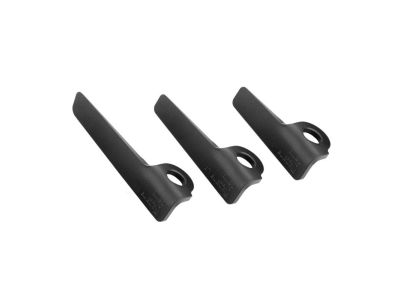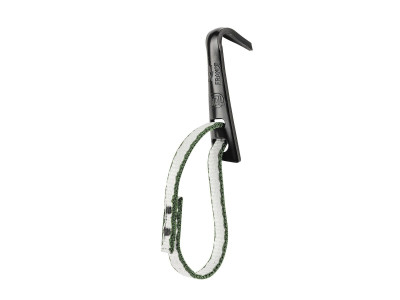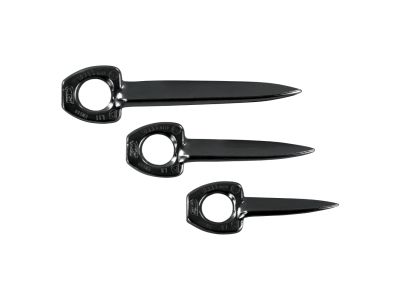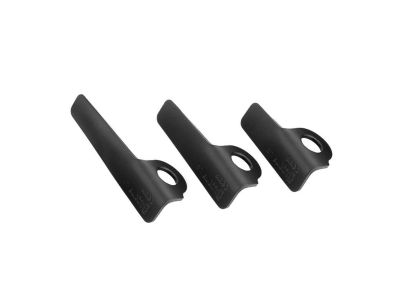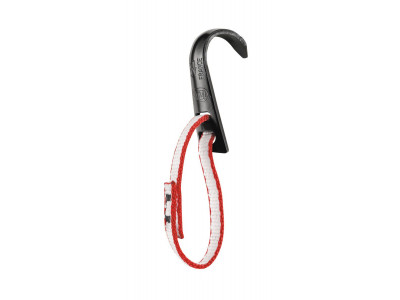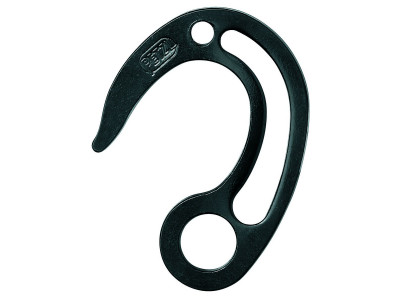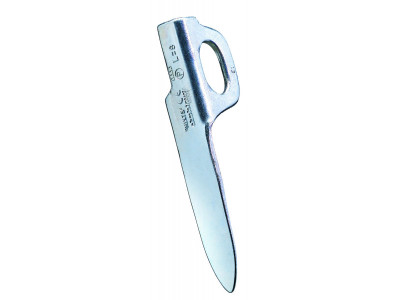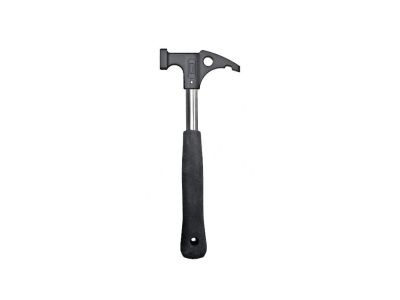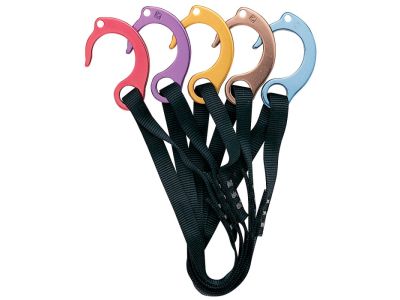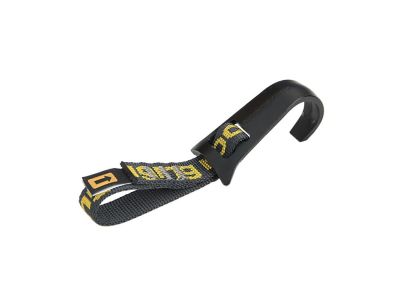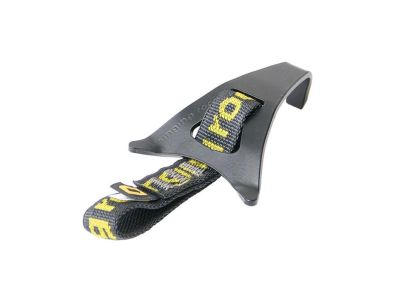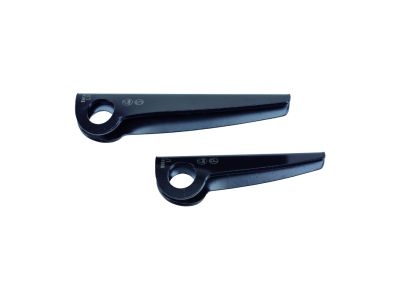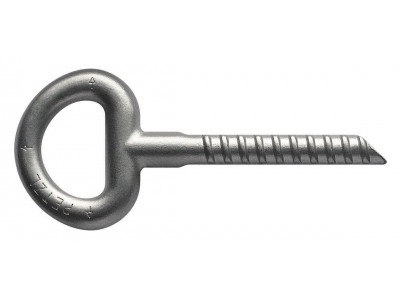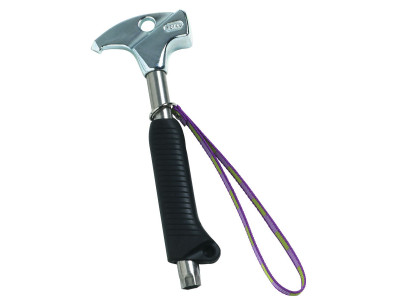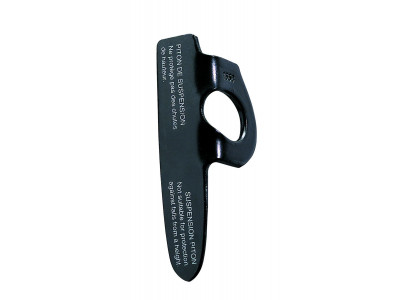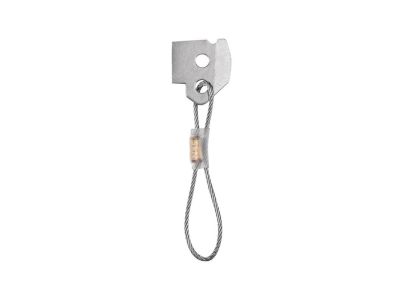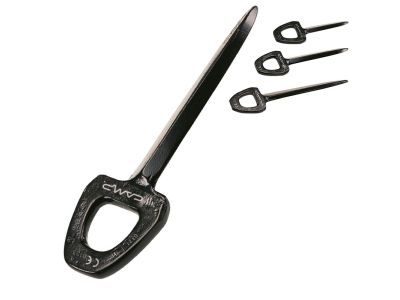Shop
navigate_next Outdoor
navigate_next Rock climbing and mountaineering
navigate_next Climbing equipment
navigate_next Pitons and hooks
Show products expand_less
We are sorry, but this filtering option is not ready yet.
We have noted your interest.
closeWe have noted your interest.
Pitons and hooks
Climbing pitons and hooks are basic tools used in traditional rock climbing to secure climbers to the rock face. They are metal devices designed to be wedged or placed into cracks, fissures or other openings in rock to create anchor points and belays. Here is a brief description of climbing pitons and hooks:
- Pitons: are metal spikes or pins that are hammered into the rock to provide a secure anchorage to belay the climber. Pitons are traditionally made of steel or aluminium and come in different shapes and sizes to suit different types of rock and their properties. Climbers use a hammer to drive a piton into a crack or crevice in the rock. Once in place, they provide a solid anchor point for attaching carabiners and straps.
- Hooks: are designed to catch on the rock profile, various edges or protrusions to provide temporary holds or anchor points. Hooks come in a variety of shapes and sizes, from small, curved to larger, flat hooks. The choice depends on the specific type of rock and its properties that you come across. Hooks are usually attached to the climbing rope with carabiners or slings, allowing the climber to use them as an aid or belay during ascent.
- Ethical aspects: Traditional climbing with pitons raises environmental concerns because repeated use can damage the rock. Modern ethics often encourage the use of removable insurance to minimize environmental impact.
Products
help
help
Filter products
close
When sorting by popularity, we take into account recent sales, customer reviews, product availability, pricing conditions, and any discounts.
Form is being processed
info
We're sorry, but this filtering option isn't ready yet. But thanks to your interest, we know it's important, and we've noted it.
